1. Drive-Thrus for Everything

In America, drive-thrus aren’t just for fast food—they exist for banks, pharmacies, coffee shops, and even liquor stores. The idea of staying in your car for nearly any errand seems ridiculous to many foreigners. In most other countries, people actually get out and walk inside to do their business. Some even see drive-thrus as lazy, unnecessary, or bad for the environment.
But in the U.S., convenience is king, and drive-thrus save time, NPR reports. With busy lifestyles and long commutes, Americans appreciate anything that makes daily tasks faster. Plus, in suburban and rural areas where things are more spread out, drive-thrus just make sense. Still, visitors often find it amusing that Americans barely need to leave their cars to go about their day.
2. Unlimited Free Refills
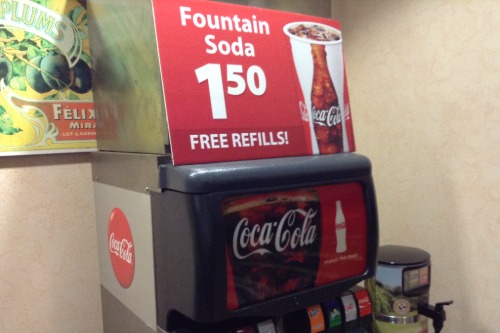
For Americans, bottomless drinks are just part of eating out, but in most countries, that concept doesn’t exist. If you want another Coke in Europe, you’re paying full price for a new one—no free top-offs. Many people outside the U.S. find it shocking that waiters will keep refilling your drink without asking. To them, it feels wasteful, unhealthy, and just another way Americans overconsume.
Meanwhile, in the U.S., unlimited refills are seen as a basic customer right, not a luxury, according to The New Yorker. Fast-food restaurants, casual diners, and even some sit-down places offer it as a given. People expect it so much that paying for a second drink feels like robbery. The rest of the world, however, doesn’t understand why anyone needs 64 ounces of soda in one sitting.
3. Extreme Air Conditioning

Walk into any American store, office, or home in the summer, and you might feel like you’ve stepped into a freezer, according to TIME Magazine. While air conditioning is a lifesaver in hot climates, Americans tend to blast it to extreme levels. Visitors from other countries often find indoor spaces uncomfortably cold, even when it’s scorching outside. Many wonder why Americans wear sweaters indoors during the summer instead of just using the AC more moderately.
In much of Europe and Asia, air conditioning is used sparingly, if at all. People rely on fans, open windows, or just deal with the heat. Americans, on the other hand, see AC as a necessity, not a luxury. Some even argue that it’s a sign of prosperity, while the rest of the world sees it as unnecessary excess.
4. Tipping Culture

In the U.S., tipping is expected almost everywhere—restaurants, bars, taxis, hair salons, and even coffee shops. But in many other countries, tipping isn’t common or is only done for exceptional service. Visitors often find it stressful, unsure of how much to leave and why it’s even necessary, The Guardian reports. Some even feel like they’re paying twice—once for the service and again through the tip.
Americans, on the other hand, see tipping as a normal part of dining and service culture. Since many service workers rely on tips to make a living wage, not tipping is considered rude. However, in places where workers are paid fair wages upfront, tipping is seen as unnecessary. For many foreigners, the idea of tipping for basic service is baffling.
5. Peanut Butter Everything
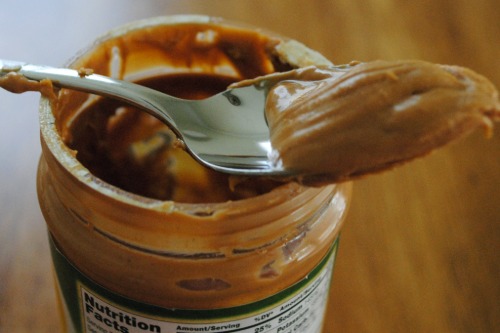
Peanut butter is practically a food group in the U.S., but in many other parts of the world, it’s just not a thing. While Americans spread it on bread, mix it into desserts, and even pair it with jelly, many foreigners find the texture and taste odd. In countries like France, Italy, and China, peanut butter is either uncommon or completely absent from diets. Some people even describe it as too salty, too sweet, or just plain weird.
Yet in America, peanut butter is a beloved comfort food, deeply tied to childhood memories, NPR explains. Peanut butter and jelly sandwiches are a lunchbox staple, and peanut butter cups are a national treasure. It’s such a household essential that many expats abroad stock up whenever they visit home. But outside of the U.S., the peanut butter craze just doesn’t have the same appeal.
6. Huge Gaps in Public Bathroom Stalls

If you’ve ever used a public restroom in America, you know about the awkwardly large gaps between the stall doors. These spaces are big enough to make eye contact with someone outside if you’re unlucky. Many foreigners are baffled by this, as most countries have fully enclosed, private stalls. The gaps make people feel exposed, defeating the whole purpose of having a door.
Americans are so used to it that they barely question it, but the reasoning is practical (if not ideal). The gaps help with ventilation, discourage bad behavior, and allow for easy cleaning. Still, many visitors feel like they’re being watched while doing their business. It’s one of those odd American quirks that just doesn’t make sense elsewhere.
7. Super-Sized Portions
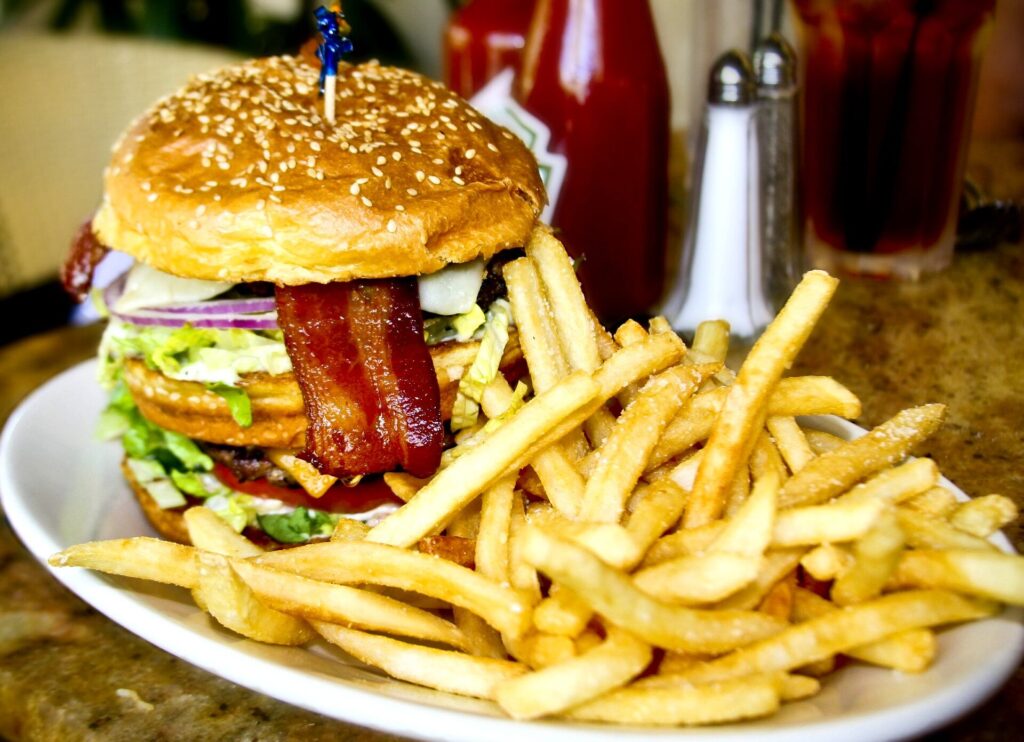
Eating out in America often means getting a plate piled high with way more food than one person should reasonably eat. Visitors from other countries are often shocked by the sheer size of American portions. In many places, restaurant meals are meant to be a single, balanced serving, not a feast. Many foreigners either share their meals or take leftovers because finishing an American portion is nearly impossible.
Americans, however, see large portions as a good deal. More food for the same price feels like a win, and leftovers mean another meal later. But to the rest of the world, it just seems like wasteful overindulgence. It’s another reason why American food culture is often seen as excessive.
8. Putting Ice in Everything

A glass of water in the U.S. always comes loaded with ice, often to the brim. In many other countries, drinks are served at room temperature or lightly chilled. Europeans, in particular, find the American obsession with ice unnecessary and even unpleasant. They argue that it waters down the drink and numbs the flavors.
To Americans, though, a drink without ice just feels wrong. Many believe it keeps beverages fresher, colder, and more refreshing. Restaurants automatically serve ice-filled drinks without asking, assuming it’s what everyone wants. But to many foreigners, it’s just another example of America’s tendency to go overboard.
9. Obsession with Ranch Dressing
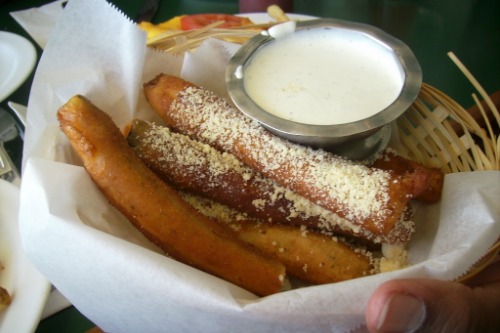
Americans put ranch dressing on everything—salads, pizza, fries, and even chicken wings. Outside of the U.S., though, ranch is either rare or nonexistent, and many foreigners find it strange. Some say it has an artificial taste, while others just don’t see the appeal of drowning food in creamy dressing. While other countries have their own favorite condiments, ranch doesn’t usually make the list.
But for Americans, ranch is practically a national condiment. Many believe it enhances any dish, and some people are downright addicted to it. You’ll find entire grocery store shelves dedicated to different brands and flavors. But for those unfamiliar with it, ranch dressing is just another American food mystery.
10. Extreme Patriotism
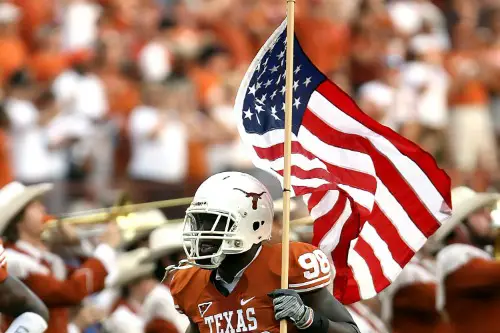
Americans take patriotism to a whole new level, and it’s something that stands out to many visitors. Flags are everywhere—on houses, cars, clothes, and even businesses. Schools start the day with the Pledge of Allegiance, and sporting events always include the national anthem. While some countries celebrate national pride on specific holidays, everyday patriotism in the U.S. can seem intense.
For many Americans, this level of national pride is completely normal and even expected. The flag is seen as a symbol of freedom, and showing respect for it is part of American identity. However, in many other countries, such strong patriotism is often associated with nationalism and seen as excessive. Foreigners sometimes feel uncomfortable with the way patriotism is so deeply woven into daily life.
11. College Sports Obsession
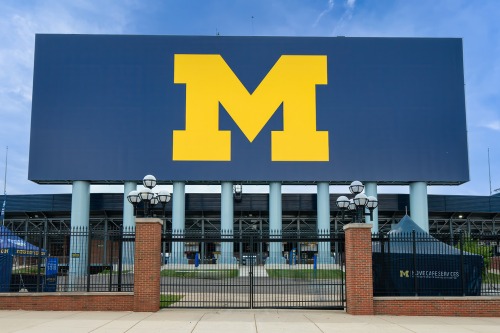
In most parts of the world, professional sports get all the attention, while college sports are barely followed. But in the U.S., college football and basketball are massive, with packed stadiums, TV deals, and millions of devoted fans. Schools have huge athletic programs, and some college coaches make more money than professors or even state governors. To many foreigners, the idea of treating college athletes like celebrities is bizarre.
For Americans, though, college sports are more than just games—they’re community events, school traditions, and even career stepping stones. Many people grow up cheering for their local university team, sometimes with as much passion as for professional sports. Rivalries between schools can be just as intense as those in the NFL or NBA. To outsiders, the college sports culture in the U.S. feels like a world of its own.
12. Excessive Advertising

Anyone who has watched American TV or used an American website knows that ads are everywhere. Commercial breaks seem endless, and websites are packed with pop-ups and banners. Even prescription medications are heavily advertised, which is almost unheard of in most other countries. Many visitors are shocked that drug commercials encourage patients to “ask their doctor” about a specific brand.
In the U.S., aggressive advertising is just part of business culture. Companies compete fiercely for attention, and people are used to being bombarded with ads. Many Americans don’t even notice the overload because it’s been normalized. But for those from countries with stricter ad regulations, the constant marketing feels overwhelming.
13. Brightly Colored Food

Walk into an American grocery store, and you’ll find cereals, candies, and snacks in neon shades of blue, red, and green. Many foreign visitors are surprised by how artificial some American food looks. In countries like the U.K. and France, food dyes are more restricted, and natural colors are preferred. Some people even find the bright colors unappetizing or unnatural.
But in the U.S., colorful food is fun and nostalgic, especially for kids. People grew up eating rainbow-colored cereals and fluorescent sports drinks, so they don’t think twice about it. While some food dyes are controversial, many Americans still love their vibrantly colored snacks. To the rest of the world, though, American food sometimes looks more like a science experiment than a meal.


